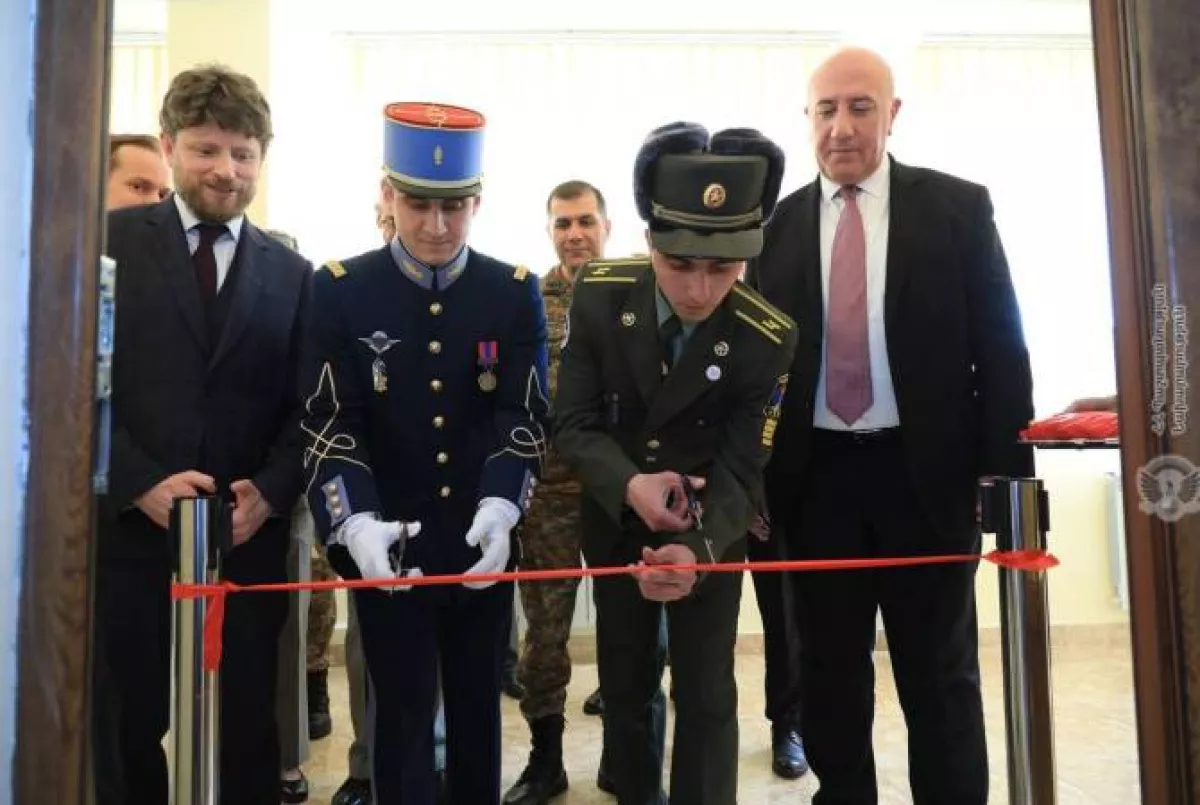France-Armenia military contracts valued at €275 million New-generation artillery systems and anti-tank weapons
A report presented by the French Ministry of the Armed Forces to Parliament has become a rare case in which a previously classified military-technical issue received official confirmation. The document explicitly mentions contracts signed with Armenia worth around 274.5 million euros. For many years, Paris limited itself to diplomatic support for Yerevan and loud—sometimes short-sighted—political statements, while avoiding the supply of lethal weapons to Armenia.

The formal explanation from Paris is “diversification of cooperation” and the “exclusively defensive nature of the deliveries.” However, the list of contracts includes systems that by their characteristics cannot reasonably be called “purely defensive.” As we have repeatedly pointed out in our analytical pieces, the 155 mm self-propelled howitzer (SPH) Caesar is precisely the example that demolishes the official narrative. This system engages targets with rocket-assisted projectiles out to 42 kilometres, combines mobility with rapid deployment, and is suitable for deep-strike tasks and counter-battery operations. Several batteries of such SPHs are a fully fledged operational-level instrument, enabling strikes against rear-area targets and the formation of a new fire envelope. Any country that receives the Caesar automatically elevates its artillery capability to a new level.
But in this report we were more interested in the second aspect — man-portable anti-tank guided missile systems. The report does not name a specific model, but logic and France’s current weapons lineup point to the most likely candidate: the Akeron MP. The system combines pre-launch and post-launch targeting modes with the option of manual guidance, which enables top-attack profiles and non-linear trajectories to engage targets behind cover and in complex terrain. In terms of role and capability set, the Akeron MP is comparable to global counterparts: the American FGM-148 Javelin with its classic top-attack trajectory, Israel’s Rafael Spike family (NLOS/MR/LR variants), and more compact solutions such as the NLAW.
For Armenia — which has long operated anti-tank systems of earlier generations (for example, the Milan — a Franco-German, second-generation ATGM) — the possible arrival of a system at the level of the Akeron MP could represent a significant technological leap. In the regional context, the closest analogue in role and effect remains Israel’s Spike family — these systems are in service with Azerbaijan and have been demonstrated in combat on multiple occasions.

However, equipment delivery is only part of the deal. The human factor is no less important: Armenian officers undergo training in France, absorb operational experience, and learn tactics for employing new systems and conducting combat in mountainous terrain. Under the project, the Vazgen Sargsyan Military Academy in Yerevan is cooperating with France’s Saint-Cyr Military Academy, which allows training programmes to be adapted and domestic instructor cadres to be developed. Parallel discussions are also underway on joint projects in the military-industrial cooperation sphere.
There is another, less visible aspect for the general public. The switch to NATO calibre and the purchase of modern systems mean dependence on Western supply chains: ammunition, repairs, spare parts, servicing — all of which are controlled by the manufacturer. If the situation in the South Caucasus again moves beyond the political sphere, the speed of deliveries will become a critical factor. Through supplying arms to Yerevan, France is attempting to open a convenient channel of political and technological influence in the South Caucasus region.
Azerbaijan is closely monitoring these developments and drawing its own conclusions.
Yes, the Caesar and modern ATGMs create new threats to strongpoints, forward units, equipment and infrastructure. That is the reality: arms have become the language of politics. France is trying to speak that language loudly. However, the Azerbaijani armed forces have sufficient means at their disposal to offset such risks — from reconnaissance and counter-battery capabilities to unmanned systems and layered air defences.








